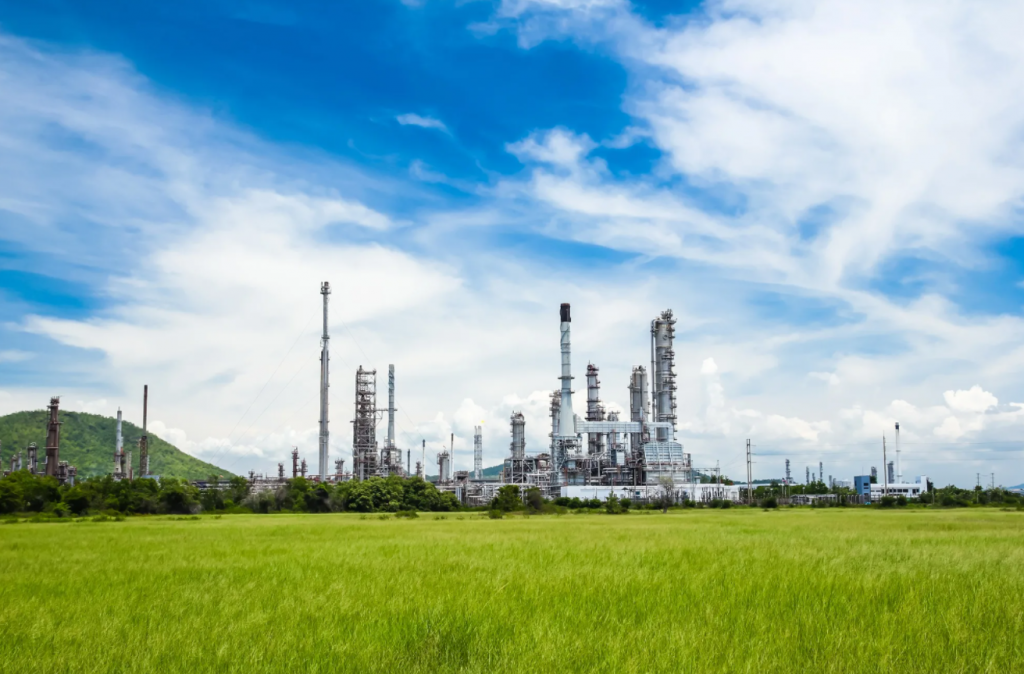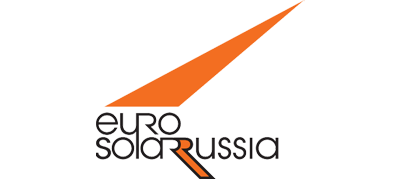Industrial ecology

Task
Implementation of emission management technology to reduce environmental damage.
Scope
Industrial ecology related to the impact on the atmosphere.
Partners
NP EUROSOLAR Russia, Raimet, SINOP, NPO ATTECH, Sistel
Problem
The degree of influence of technological processes of enterprises associated with emissions into the atmosphere strongly depends on weather conditions (RD 52.04.306-92). The problem is that, until the era of zero emission has come, it is necessary to regulate the modes of technological processes. For regulation, it is necessary to implement feedback through measurements. You need to get an answer to 3 questions:
- Do current meteorological conditions contribute to accumulation or dispersion?
- How do these conditions for a given area depend on the time of day and season?
- How to control the reliability of the forecast of numerical models?
How atmospheric pollution depends on the weather. RD 52.04.306-92 To characterize the state of the atmosphere, in which large concentrations of impurities can be observed, normal and abnormal meteorological conditions are distinguished.
Under normal conditions, in the case of high sources, the presence of a superadiabatic temperature gradient is unfavorable, when, due to the developed turbulent exchange, there is an intensive transfer of impurities from sources to the Earth's surface, while significant concentrations of them can be created. The degree of air pollution significantly depends on the wind speed.
The most intense air pollution is observed under abnormally unfavorable meteorological conditions. These include, in particular, an elevated inversion with a lower boundary located above the emission source (more precisely, above its effective height, which for hot springs is higher than the geometric one due to the initial rise of the flare).
How to get the data. Today, solutions are available for building modern pollution control networks and there are measuring systems that compensate for the poor quality of forecast models. Automatic maintenance-free means of ground remote sensing of wind and temperature distribution along the height in the first kilometer of the atmosphere are used as means of monitoring meteorological conditions of pollution accumulation. These monitoring tools are included in the register of measuring instruments of the Russian Federation. The system is built using a temperature profiler (MTR-5) and an acoustic wind radar (PCS.2000-24 METEK). The monitoring results are analyzed on the basis of the current methods of Roshydromet and are the initial data for monitoring the timing of NMU. A prototype of such a system has been implemented in practice in Moscow (Mosecomonitoring), is used in Seattle (USA) and in the Mount Isa Mines Air Quality Control Center (Australia). The practical experience of using temperature profilers for environmental problems is more than 25 years, both as part of the observation network of Roshydromet and Rosatom (45 devices in the Russian Federation), and in the practice of environmental services of the world.

